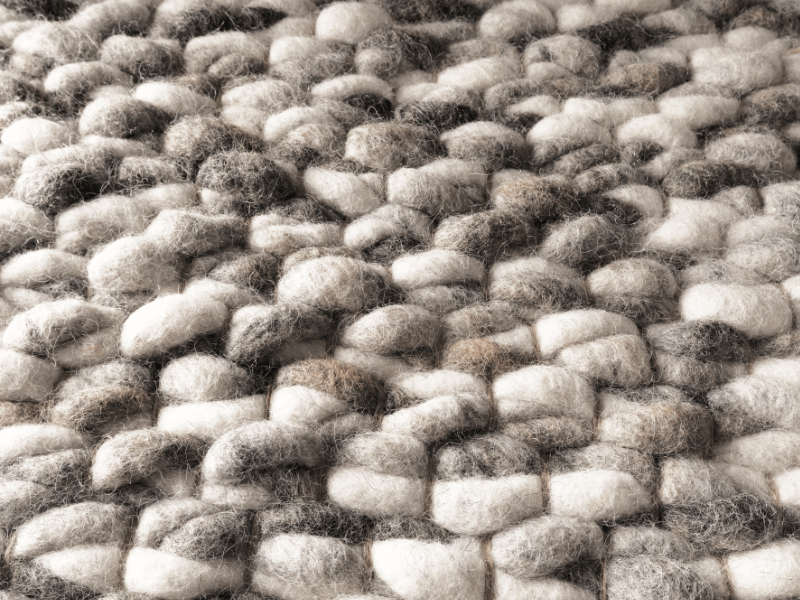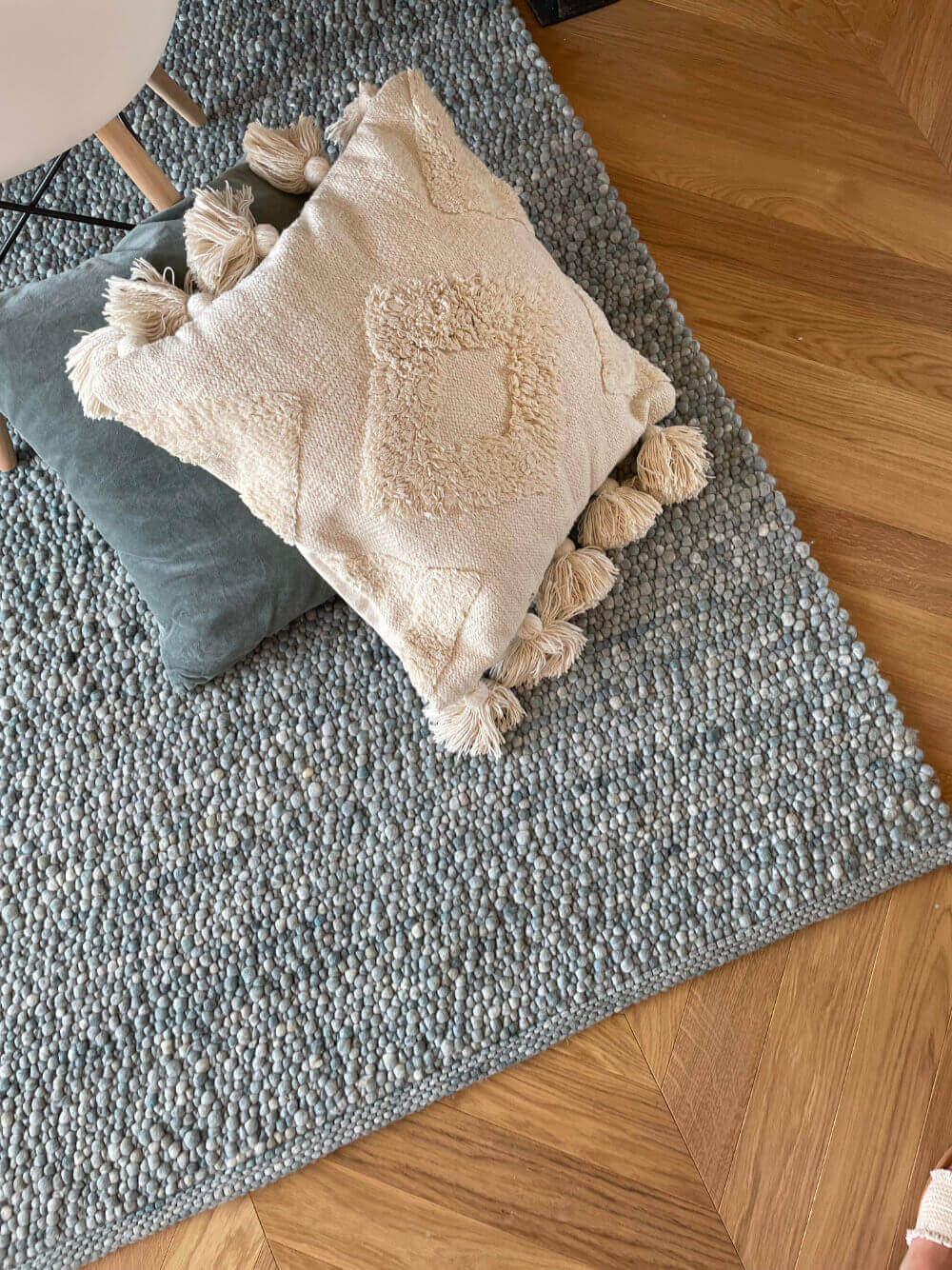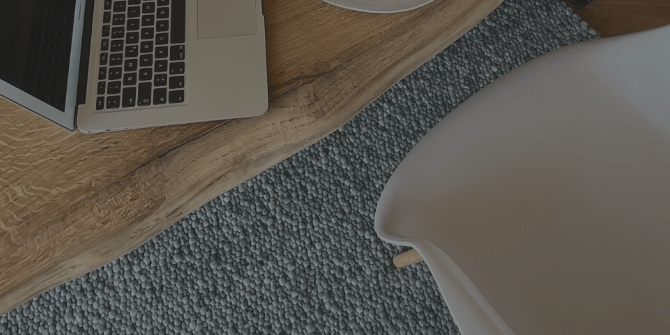
What Really Helps against Moths in Carpets
2021/17/08
They are tiny, always hungry, and quite annoying: webbing clothes moths. They will quickly get comfortable at your home and eat through your textiles as if it were a five-star menu. But where do these troublemakers actually come from, and more importantly: How do you get rid of them? Are there any preventive measures you can take to keep moths away from carpets and rugs in the first place?
We’ve got some useful tips and tricks that will provide an extra layer of protection – in addition to our standard moth treatment at PAULIG.
1. Everything you need to know about the webbing clothes moth
2. How to detect and effectively treat moth infestation in carpets
3. How to keep moths away ahead of time
4. More tips to remove moths from carpets

How to detect and effectively treat moth infestation in carpets
You’re wondering if moths have already nestled in your rug? Here’s what you can do to find out:
Search for small holes in carpets and other textiles (e. g. curtains, drapes, clothing).
Look out for flying moths (especially in the evening and at night) and remove them before they can lay their first eggs.
Check your carpet for yellow-white larva crawling around.
Check the backside of your carpet for egg nests and thread-like webs (i. e. the pealed skin of moth larva).
How to keep moths away ahead of time
We recommend treating your carpet with a long-term moth protection early on. At PAULIG, our products are finished off with a special repellent before their delivery. We use a biocidal agent based on permethrin, which shields wool carpets against moth larva and bugs. Compared to other methods (such as using toxic gases), this agent comes with several benefits:
Stomach poison instead of contact poison:
Larva only die once they are digesting the permethrin-infused wool.
No health risk for humans: Permethrin is commonly used for lotions and shampoos, f. ex. to treat head or crab lice.
One-time treatment guarantees long-term moth protection: Treatments with gas, on the other hand, must be repeated on a regular basis.
Labelling of goods treated with biocide products: Consumers obtain all necessary information according to EU regulations.
Beyond that, you can take further measures to keep your carpet clean of moths: fly screens on your windows, frequent vacuum cleaning, or natural remedies such as cedar blocks for moths. Another piece of advice: Clothing that you don’t wear often should be stowed safely, or just sorted out for good. Moth larva mainly seek out textiles in forgotten corners, where they can breed and grow without disturbance.


More tips to remove moths from carpets
You took all necessary steps to protect your carpet, but moths still found a way into your home? In that case, you should react immediately. We recommend the following:
Move the infested carpet into a closed room to isolate it from other textiles.
Clean the carpet with a vacuum cleaner and vinegar essence.
Dispose of the vacuum bag afterwards and clean the surrounding surfaces.
You might also use chemical carpet moth sprays for wool rugs or pheromone-based moth traps.
Alternatively, you can rely on remedies such as light and heat treatment or ichneumon flies (natural carpet moth killers).
Everything you need to know about the webbing clothes moth
Webbing clothes moths are voracious insects within the order of butterflies. Outdoors, they mostly feed on animal hair because their larva need a certain protein (creatine) to grow. But creatine can also be found in many pieces of clothing and carpets.
In particular, mixed fabrics combining synthetic or plant-based tissue with animal-based tissue offer an ideal breeding ground for moths. Their fibres serve both as a nutrient and building material for cocoons. In carpets or rugs, moths lay eggs for their larva at dark spots, since they are a nocturnal species.

At PAULIG, we guarantee that all products made from 100 % new wool receive an effective carpet-moth protection treatment. Our handmade rugs are made to last for decades, without losing their original appeal.


